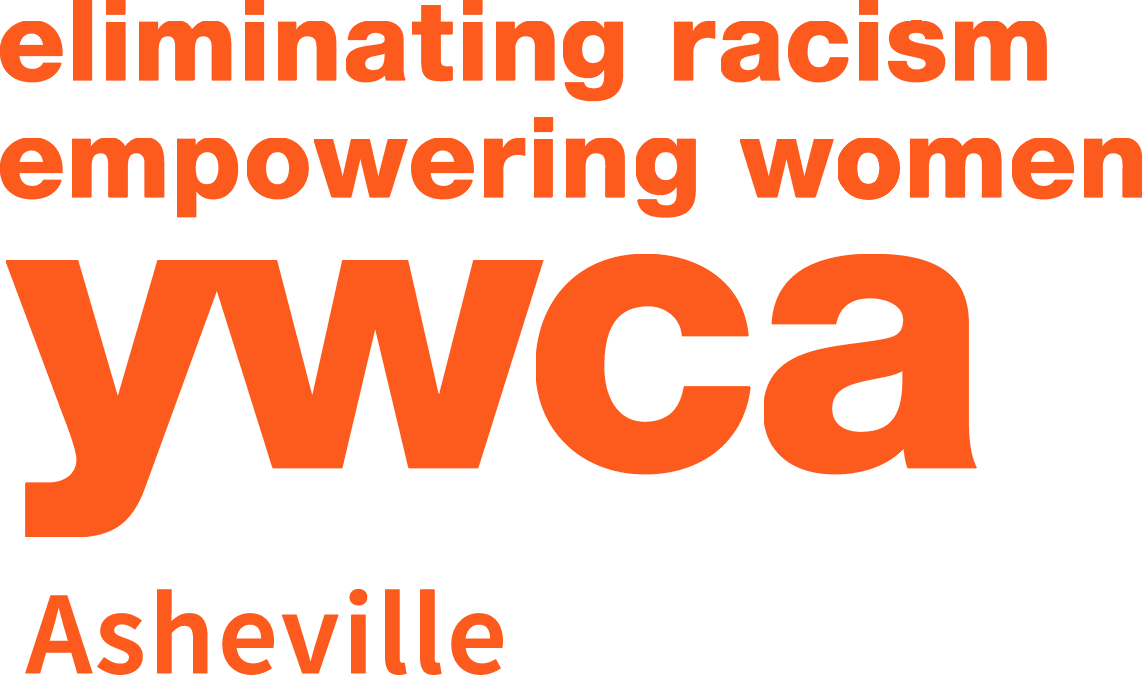YWCA of Asheville is on a Mission!
YWCA Asheville is committed to eliminating racism, empowering women, and promoting peace, justice, freedom, and dignity for all. Our programs address the educational, health and wellness, and economic development needs of our community at the intersection of racial justice and women’s empowerment.
To achieve our mission of empowerment and racial equity, we build compassionate relationships that acknowledge our community's vulnerabilities, and guide individuals toward awareness, advocacy, self-sufficiency, and healing. Our vision is a world free from discrimination, where all women and families can reach their fullest potential. We proactively anticipate our community's evolving needs, crafting innovative solutions to address poverty, unsafe living conditions, childcare challenges, and unemployment.
While rooted in a rich history, our approach to community service is holistic, strategic, and forward-thinking.
On a national level, we advocate for pay equity, hate crime legislation, Head Start funding, and the Violence Against Women Act. Locally, through our transformative programs, we restore hope and change lives for women, their families, and our community.
Advancing Racial Justice ↘
Racial justice is at the forefront of all we do. We advocate and support local, state, and national initiatives that contribute to the elimination of racism.YWCA Asheville's programs are designed to address inequities, gaps, and disparities created by institutional and structural racism. Through our continued learning as an organization, we ensure that our policies, practices, and values promote equity, inclusion, diversity, and belonging at the YWCA and throughout our community.
-

Until Justice Just Is
Traditionally held in April, Until Justice Just Is is a national campaign against racism that builds community for justice.
-
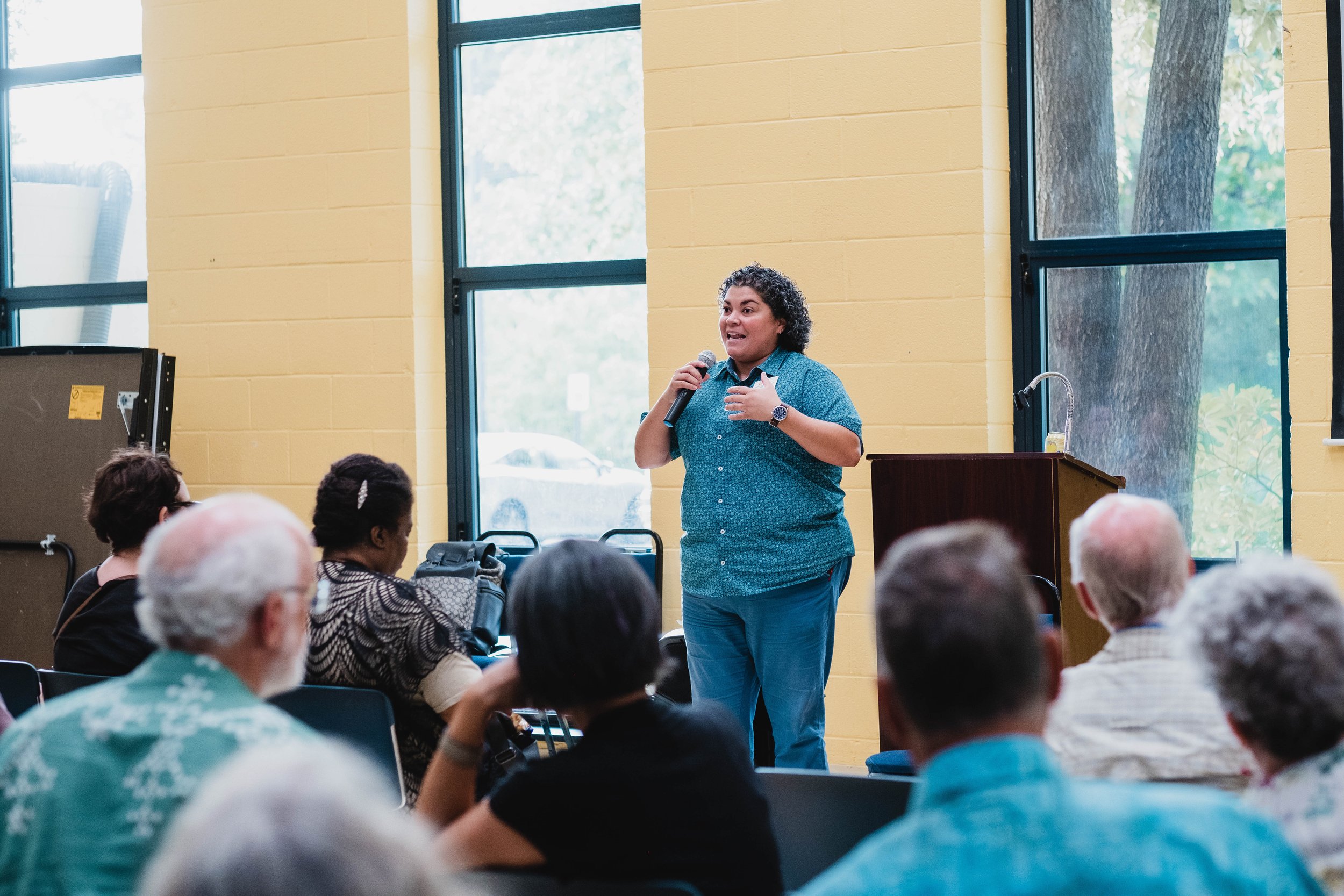
Racial Justice Workshops
Workshop series that explores racial justice concepts and offers participants the opportunity to develop a deeper understanding of institutional and structural racism.
-

Racial Justice Challenge
YWCA's Racial Justice Challenge: 4 weeks of activities, reflection, & action against racism.
Empowering Women ↘
Since 1907, women’s empowerment has been at the heart of YWCA Asheville’s work. The organization’s original charter in 1897 was to provide safe housing for working women. Today, the YWCA Asheville combines a history of initiatives for women’s empowerment and advocacy for gender justice, for and with women, into transformative programs for women to change their lives and the lives of their families.
-

MotherLove
Empowering parenting teens to graduate, parent, and reach their goals.
-

Getting Ahead
Empowering women to make informed decisions benefiting themselves, their families and their communities.
-

Empowerment Childcare
Free childcare for parents who are in transition, continuing their education, or seeking employment.
Promoting Health ↘
Health and Wellness at the YWCA. At the YWCA of Asheville, we are committed to providing a space where EVERYbody feels welcome. Ours is a gym where you can be fully and unapologetically yourself, so you can show up and care for the most important person, you. Our unique programming honors who you are. Our approach is wellness and healing-centered that is diverse and inclusive of EVERYbody.
-

Fitness Center
YWCA Health & Wellness is for everyBODY. Offering gym, pool, classes, training and more.
-
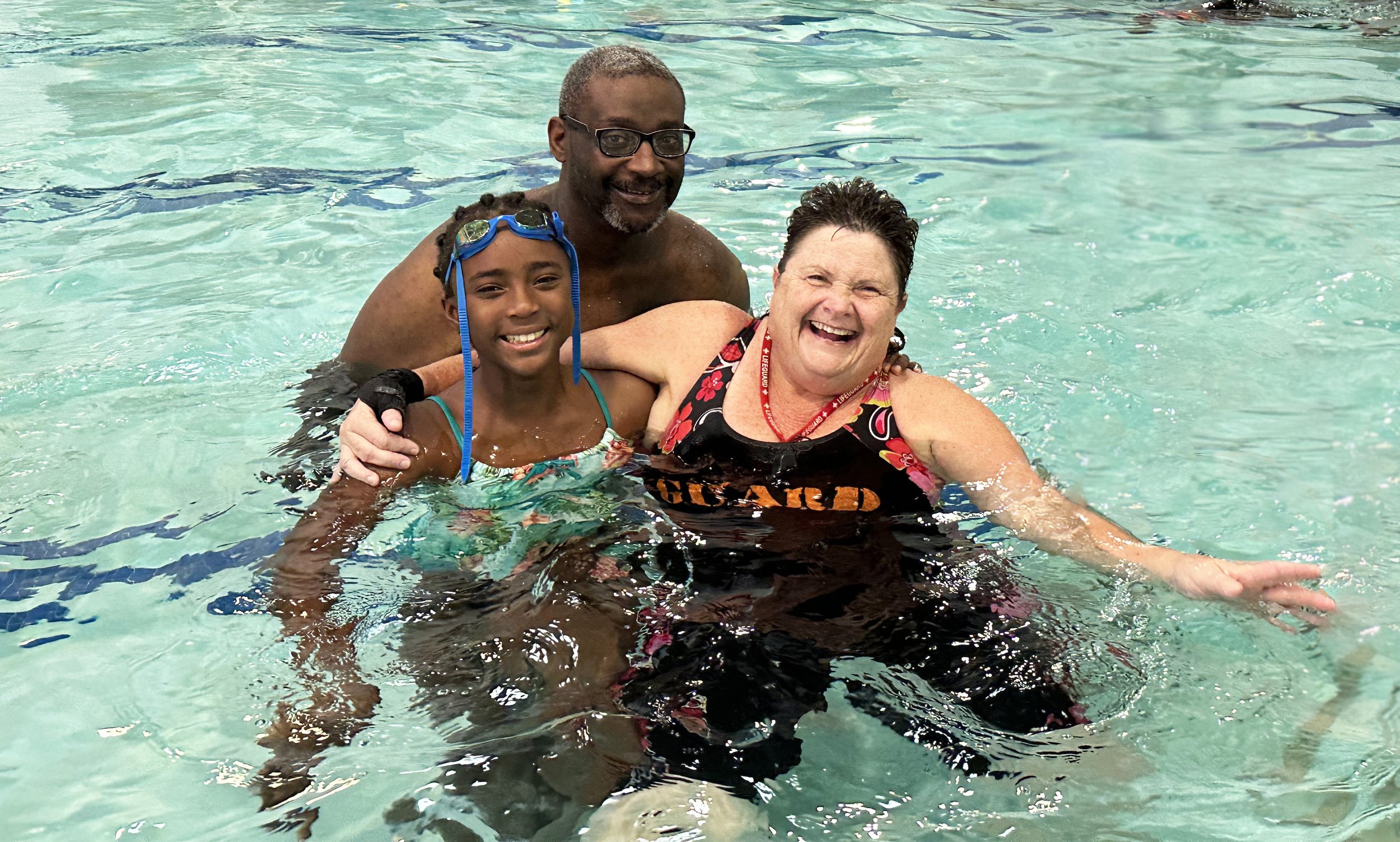
Aquatics
YWCA Indoor Pool | offering swim lessons for children and adults, water exercise classes, lap swim
-
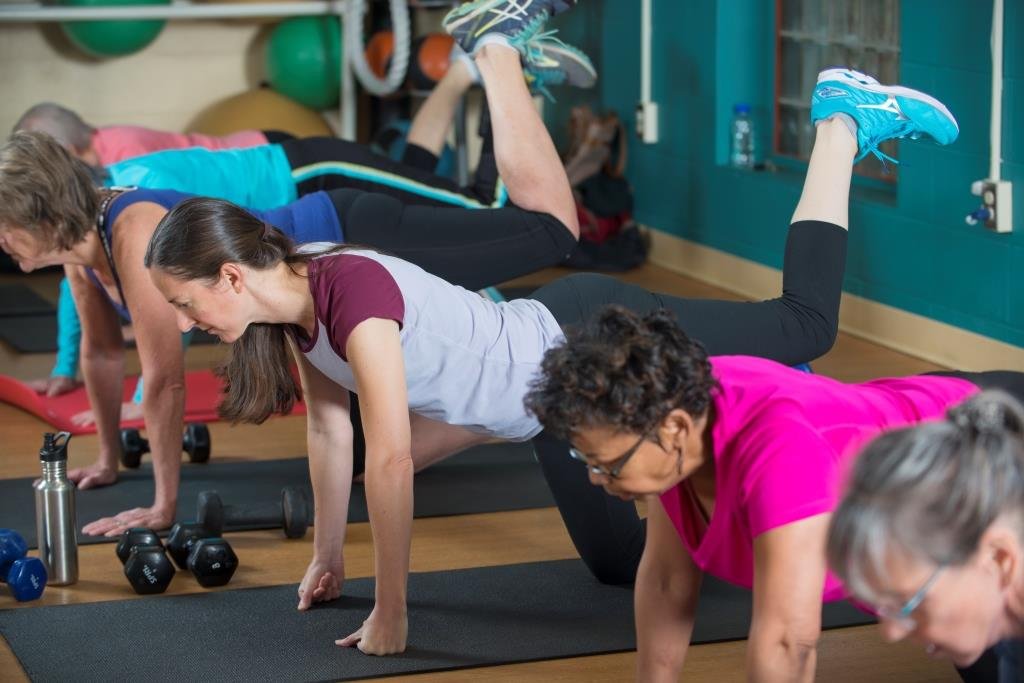
Membership & Services
Become a YWCA Fitness Center member where your health fuels our mission!
-
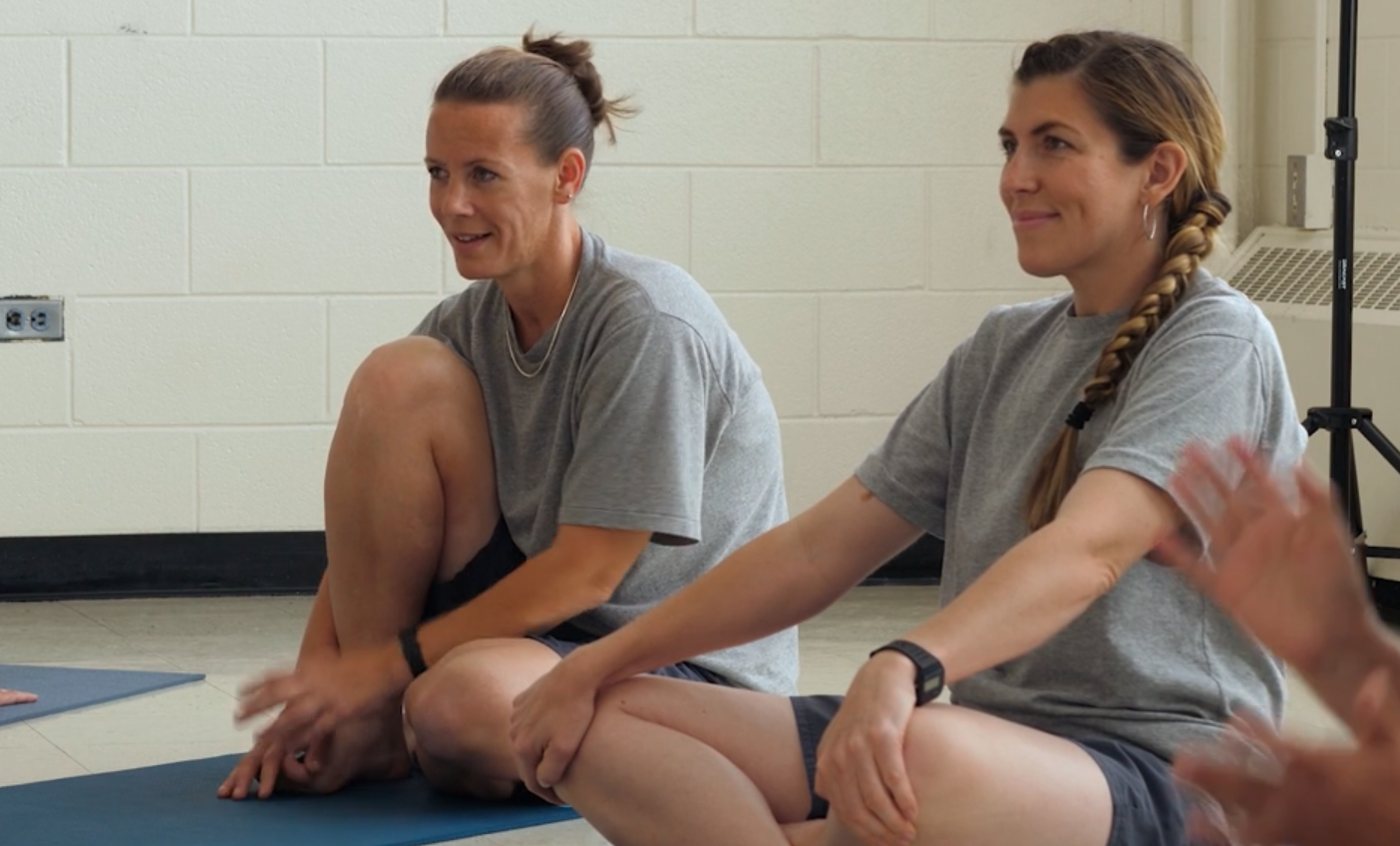
Light A Path
LAP is driven by volunteer certified yoga/fitness instructors who offer class instruction for youth, the incarcerated, the unhoused, and those in recovery at community partner locations.
Nurturing Children ↘
YWCA’s Childcare Programs help women and families thrive by providing care and education for their children. Access to childcare is the biggest barrier to women’s economic security. Without childcare, many new mothers can’t return to work. Even in two-parent households, the lack of childcare reduces the earning power of that family by half. Research also shows that high-quality early education is the best long-term investment to make in a child, preparing them for success in elementary school and beyond. In support of local children and families, we are committed to offering high-quality childcare programs at the YWCA.
-

Early Learning Program
YWCA's 5-star childcare center for children ages 6 weeks to 5 years.
-

Pay-by-the-Hour Childcare
Affordable, convenient hourly childcare for busy parents.
-

Empowerment Childcare
Childcare for families in transition pursuing education, accessing services, or seeking employment.

